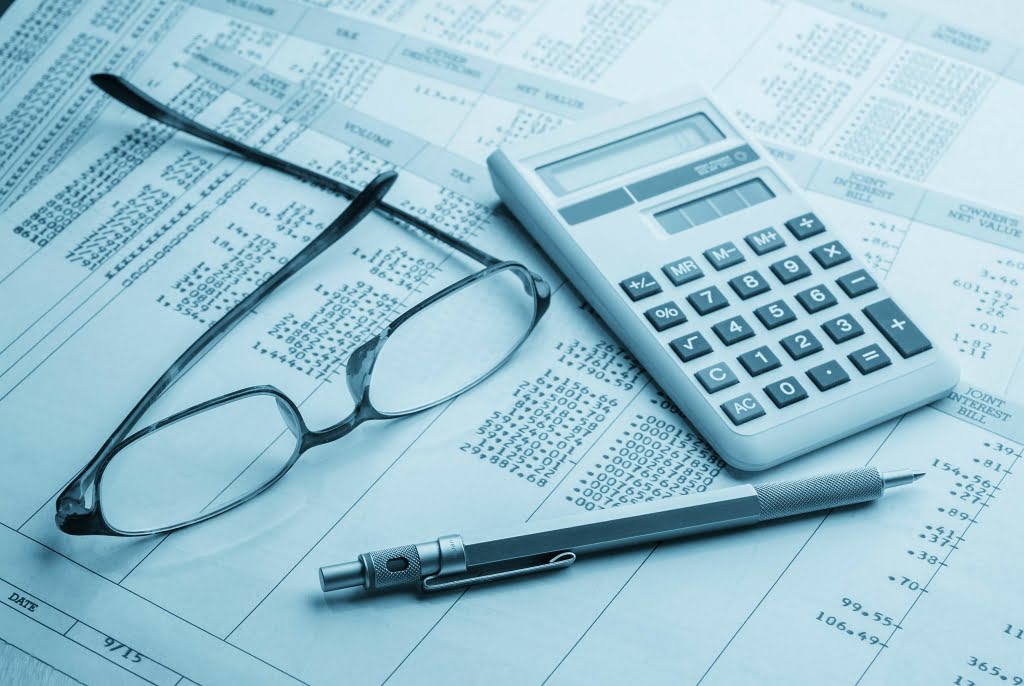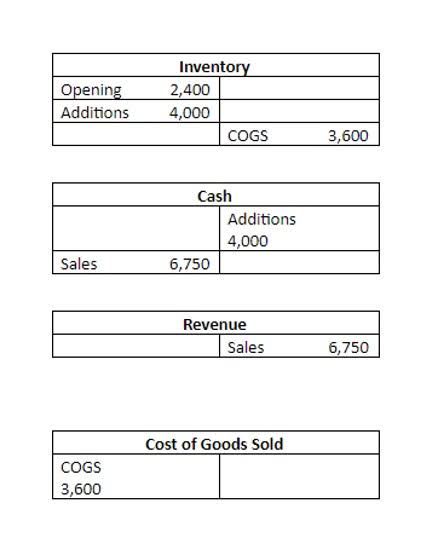This website uses cookies so that we can provide you with the best user experience possible. Cookie information is stored in your browser and performs functions such as recognising you when you return to our website and helping our team to understand which sections of the website you find most interesting and useful.
How to do a step-by-step bank reconciliation

The entries in the statement stop being the cause of discrepancies after a few days. The bank reconciliation statement explains the difference between the balance in the company’s records and the balance in the bank’s records. If using Numeric, AI will scan and pull the balance from any uploaded bank statements to compare directly against the GL total. These balances sit side-by-side in your auto-generated reconciliation report each month. Ensure you choose the checking account you want to see and set the report period.
Great! The Financial Professional Will Get Back To You Soon.

If you’ve fallen bank reconciliation behind on your bookkeeping, use our catch up bookkeeping guide to get back on track (or hire us to do your catch up bookkeeping for you). When they draw money from your account to pay for a business expense, they could take more than they record on the books. Discrepancies between the balance sheet and the bank statement must be identified and resolved promptly. Failure to do so can lead to further errors and make it challenging to reconcile the accounts. Next, prepare the business records, which can be maintained on a software tool or manually on a spreadsheet. Compare the balance sheet’s ending balance with the bank statement’s ending balance.
- If your company receives bank statements more frequently, for example, every week, you may also choose to do a bank reconciliation for every statement you receive.
- For instance, if you haven’t reconciled your bank statements in six months, you’ll need to go back and check six months’ worth of line items.
- Performing regular bank reconciliation can help the company identify any issues within its internal processes related to bank transactions that may result in errors.
- Accurate financial statements allow investors to make informed decisions.
- Keeping on top of your bank reconciliation ensures that you’re always aware of your company’s financial situation.
- After including all the amounts identified in Step 3, your statements should display the same final balance.
Free Monthly Financial Reporting Template for CFOs

He is the founder of the award-winning blog, Family Money Adventure, and host of the Family Money Adventure Show podcast. He has been quoted by publications like Readers Digest and The Wall Street Journal. Kevin’s work has been https://www.bookstime.com/articles/accounting-for-architects featured in Bankrate, Credible, CreditCards.com, Fox Money, LendingTree, MarketWatch, Newsweek, New York Post, Time, ValuePenguin and USA Today.

Step 1: Enter Bank Balance, Charges, and Interest

A financial professional will offer guidance based on the information provided and offer a no-obligation call to better understand your situation. Someone on our team will connect you with a financial professional in our network holding the correct designation and expertise. Our writing and editorial staff are a team of experts holding advanced financial Certified Public Accountant designations and have written for most major financial media publications. Our work has been directly cited by organizations including Entrepreneur, Business Insider, Investopedia, Forbes, CNBC, and many others.
- For simplicity, our examples and discussion assume that the company has only one checking account with one general ledger account entitled Cash.
- It is also recommended that they should carry out a bank reconciliation should at least every month if not any sooner.
- In doing so, it reduces the time and effort required for manual reconciliation.
- Automating bank reconciliation can reduce the cost of processing and auditing.
- It is up to you, the customer, to reconcile the cash book with the bank statement and report any errors to the bank.
- Using this module, you can automate data import from various sources, ensuring that your financial records are always up-to-date.
- Income from variable sources like interest and investment may be difficult to predict.
The next step in the bank reconciliation process is to adjust unrecorded differences. As mentioned above, unrecorded differences require accounting treatment. Therefore, unrecorded differences will change the balance in the bank book of the company.
First, check your two cash balances

Since you’ve already adjusted the balances to account for common discrepancies, the numbers should be the same. Book transactions are transactions that have been recorded on your books but haven’t cleared the bank. As a small business, you may find yourself paying vendors and creditors by issuing check payments. You should perform monthly bank reconciliations so you can better manage your cash flow and understand your true cash position. Read on to learn about bank reconciliations, use cases, and common errors to look for.

